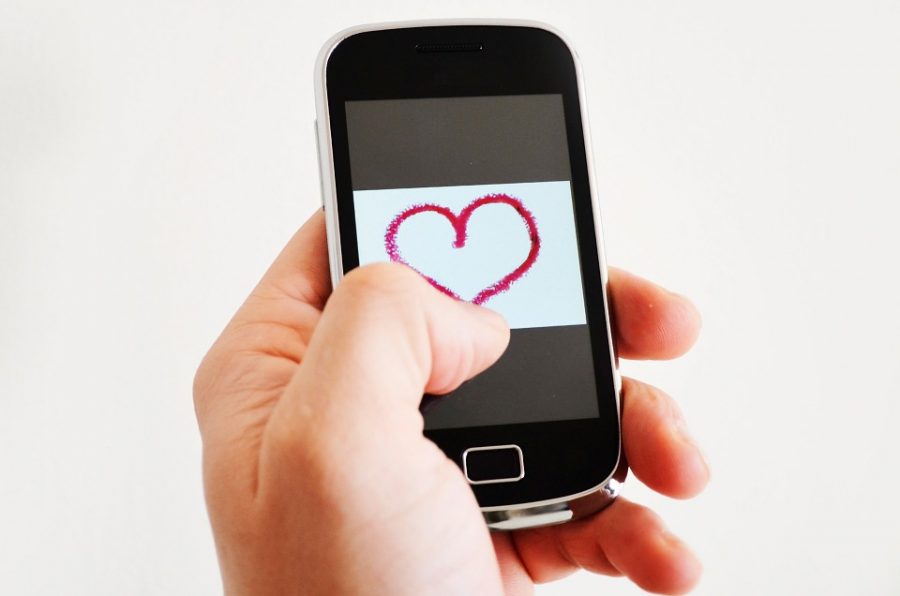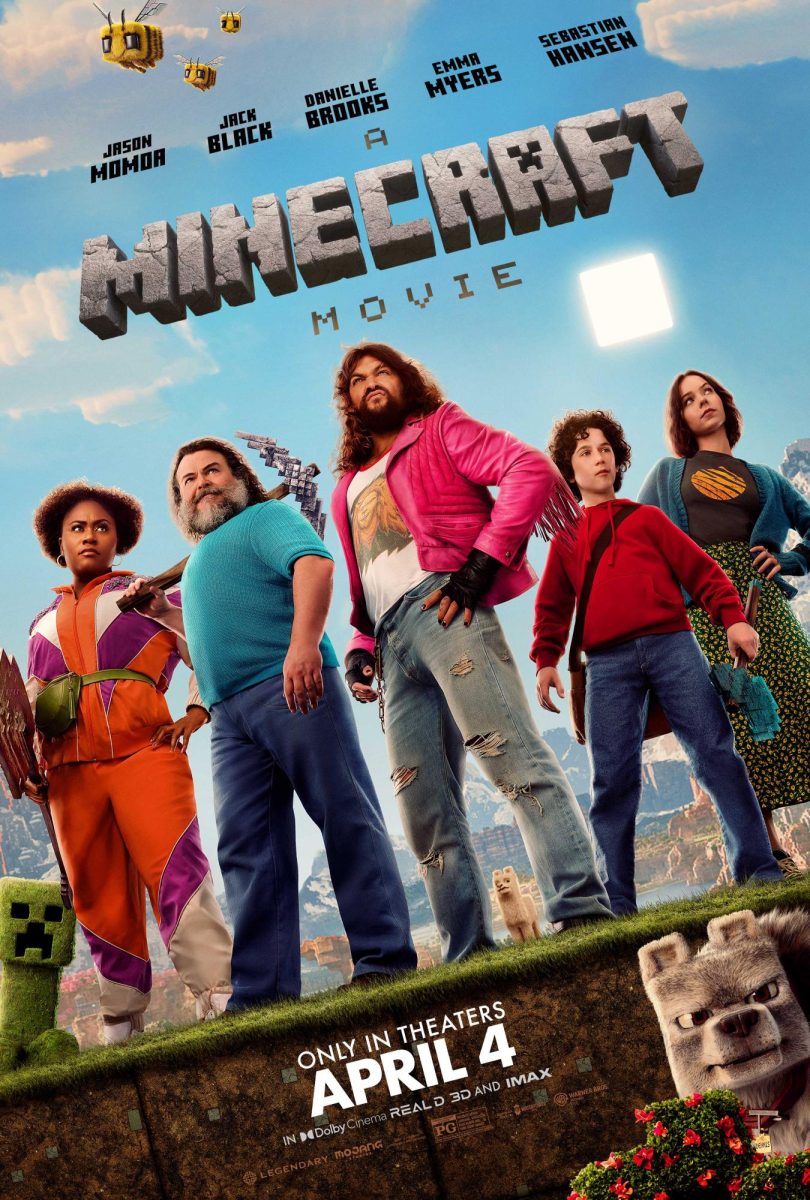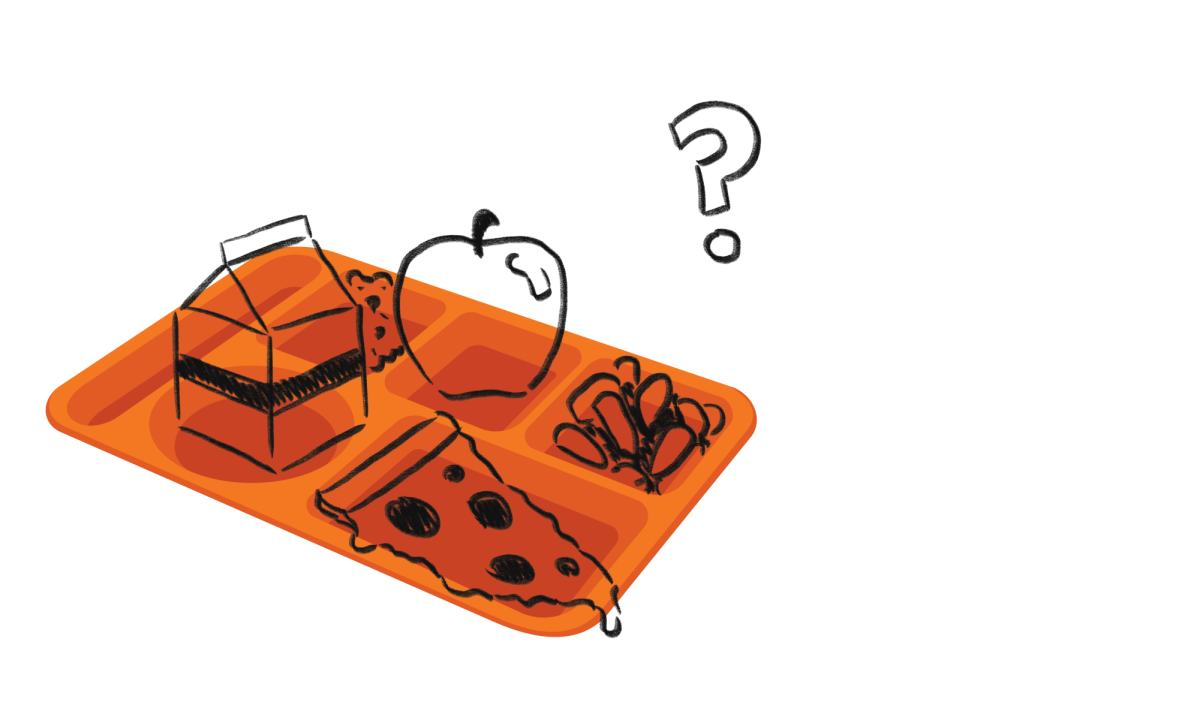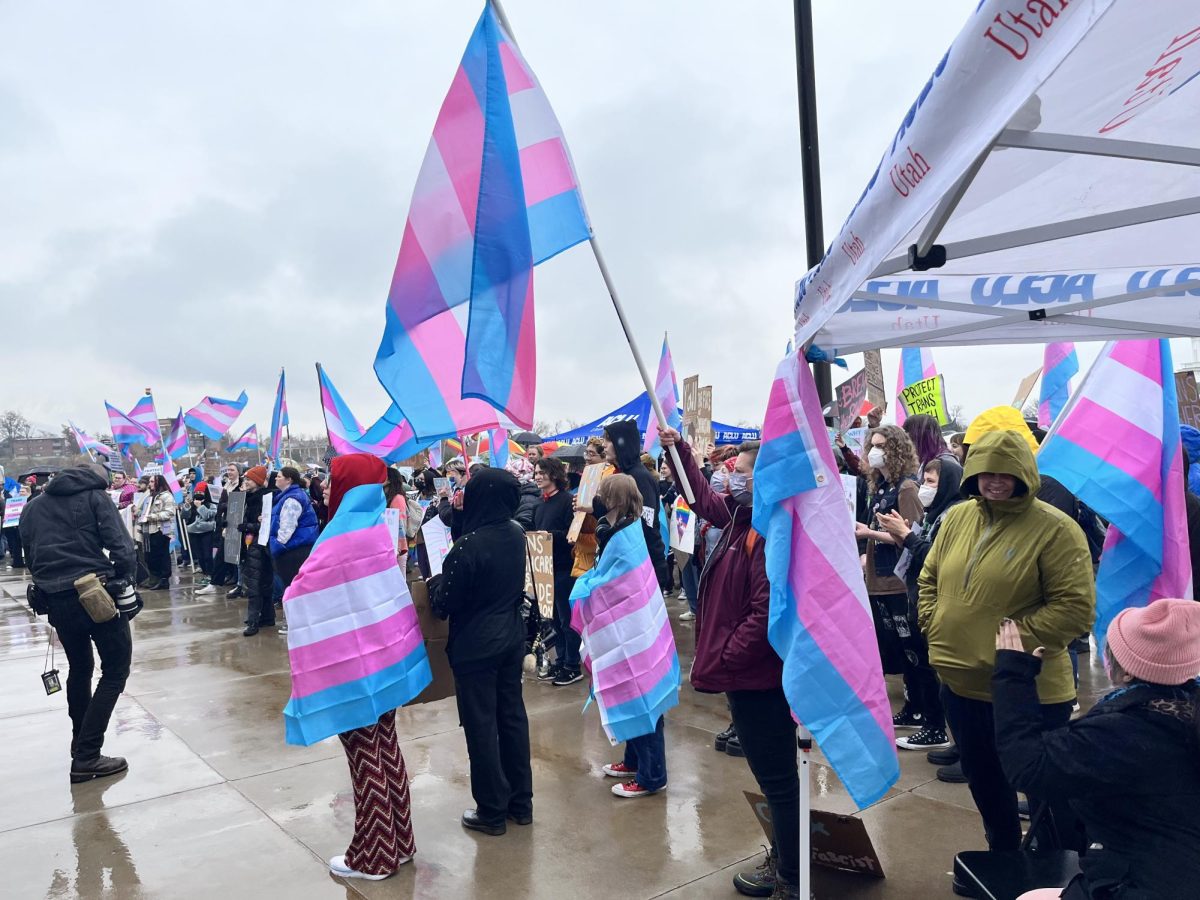Soter: Romance is a Market
December 20, 2021
I’m a hopeless romantic, as my previous pieces indicate. Perhaps that’s why when I told my boyfriend that I downloaded Tinder he responded with a flippant “that’s awkward” quickly followed by “Is it for an article?” He knew I would never jeopardize my relationship for a few satisfying swipes, and they are satisfying. Prior to entering a monogamous relationship, I was on Tinder regularly. Not with the intention of ever meeting any of my virtual admirers, but for the self-esteem boost that would come from a new match or message.
Even now, it’s hard for me to admit that those boosts of confidence were usually demeaning, objectifying and frankly quite disgusting. When one asked me to come over, or to send pics, or for my bra size, all before asking for my last name, I didn’t feel admired. I felt like a commodity.
Romance is one of the few things we have in our world today that needs authenticity to work. It’s the one scenario where hiding behind our screens might not be the safest option, and yet we still do it. We buy people the same way we buy likes on Instagram and household products on Amazon. That said, the commodification of romance is not a new idea. It has been around for as long as the economy has. The difference now is that romance as a commodity is not only subjected to women. Tinder, although a reminder that our culture has lost its ability to connect in an authentic way, also reminds us of great strides towards equality.
This year it was reported that 57 million people are Tinder users. To put that number into perspective, Tinder’s “female-friendly” competitor, Bumble, reported only 42 million users in the same year. To bring the reality of Tinder just a bit closer to home (in case it wasn’t close enough) it was also reported that 50% of Tinder users are between the ages of 18-25, or at least according to their bios.
Tinder is where my age group connects, but it seems that our idea of connection has turned into a shopping spree, and those shops have owners. Tinder makes its market selling not only people but material goods to you within the app. In 2020 alone, Tinder made $1.4 billion in revenue. This proves that the matchmakers behind Tinder don’t have a focus on love, they have a focus on money. Even still, we let their algorithms define our fate.
And sadly, what those algorithms offer doesn’t seem that appealing. The people I saw while on my Tinder escapades can be boiled down to three words: shirtless, filtered and drunk. Maybe that last one is a bit of an assumption, but the number of people I witnessed taking shots with a tequila bottle in hand was far from few.
Nonetheless, more often than not, Tinder users can be consolidated to a few interchangeable adjectives. But that’s not because they’re not just as complex and messy as the readers (and writer) of this article, they are, they’re just too busy pleasing their market to show their authentic self. Instead, they airbrush their blemishes, highlight flattering attributes and find a dog or baby to take a picture with. Like any other market, their goal is to be in demand until they run out of supply.
It wasn’t always like this; it was worse. I mean, women had a dowry. Men were paying for wives. Love wasn’t the goal, companionship was. Money was. It was the societal norm. Professor Ginger Smoak, a Medieval historian here at the University of Utah, put it blatantly: “It’s an exchange of wealth. I always think of a bride with a price sticker on her chest,” and if that’s not a poignant image, I’m not sure what is.
While women today are no longer walking around with an imaginary price sticker, the familiarity between the way romance functioned then and now is undeniable. Take, for example, the famous courtly love trope that has transfixed generations since its arrival in Medieval times. “We think of women in these courtly love epics, as being idealized. But if you idealize something, you’re not looking at the actual human. You’re looking at the idea,” Dr. Smoak said.
At first, I thought that this familiarity meant that we, as a society, have regressed, but after further discussion, I realized that regression was far from the truth. “Progression and regression are not linear. That’s not how human beings work. We progress in some areas; we regress in some areas. It’s perspective,” Dr. Smoak said.
And while my experience on Tinder did confirm my perspective that the dating app is a place for women to be commodified, it revealed another. It became evident to me that not only women are commodified by men, but also by women and other individuals that don’t identify with a particular gender. Women are no longer the only ones being commodified. This revelation could be perceived as sad, but it could also be perceived as progress.
In the same way that progress should be recognized, so should that sadness. We should be sad that love is a market. If we’ve progressed enough to commodify everyone, shouldn’t we be progressive enough to realize that nobody should be commodified in the first place?
Economics and romance have a lot in common on the surface, but they couldn’t be more different. Economics is about products and services. Products and services don’t have feelings, humans do. If we continue to commodify each other, we will continue to leave still looking for what we’re missing: connection. We get to choose whether we want to sell ourselves for love or if we want to give it to someone who deserves it. I don’t know about you, but I’ll take the latter.












